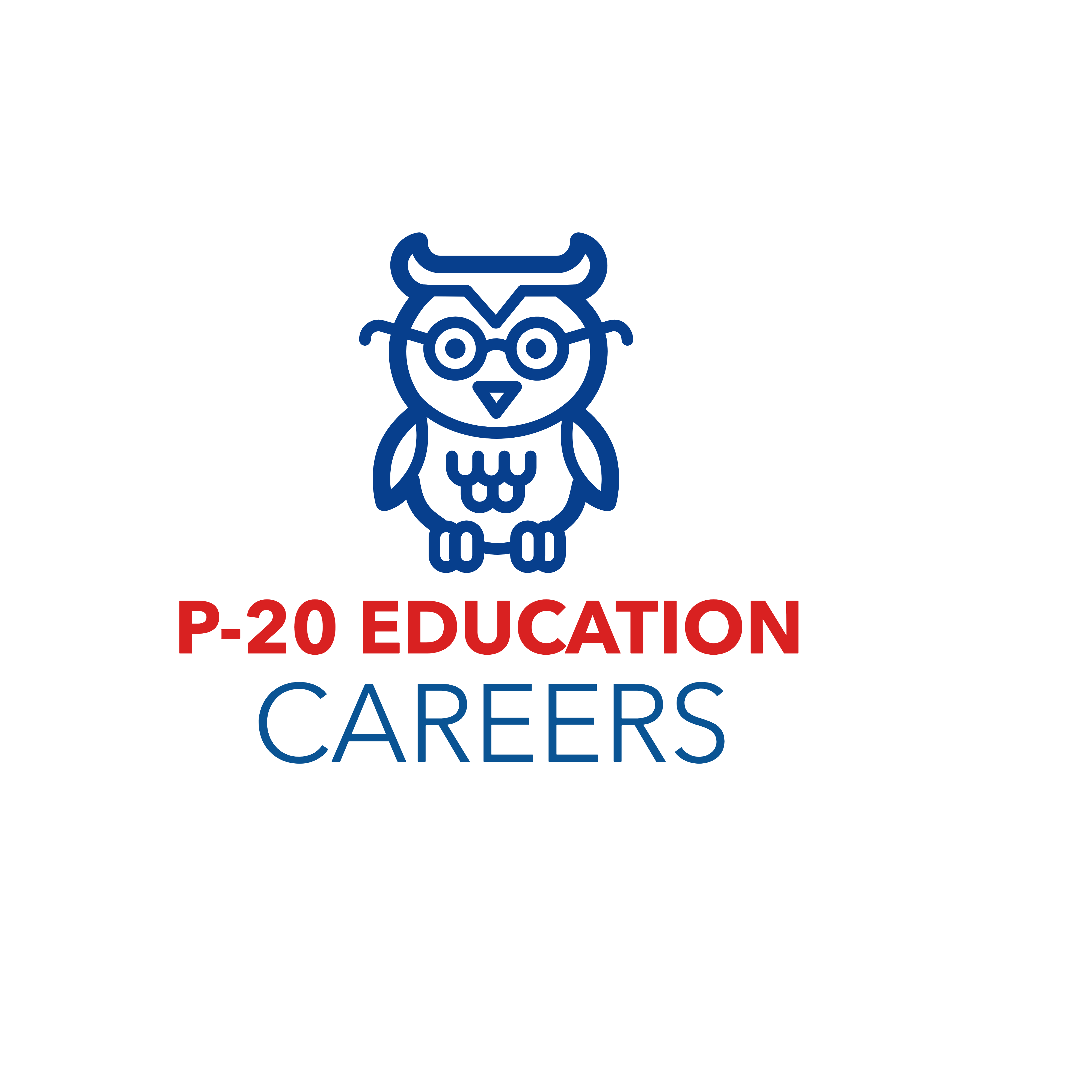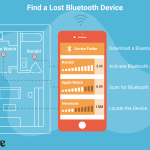Embracing the Digital Revolution in Education
Author: Dr. Matt Harris
The digital revolution has infiltrated nearly every aspect of our lives, from the way we shop to how we communicate. One area that has seen significant transformation in recent years is education. With the rise of educational technology, or “EdTech,” schools around the world are transforming pedagogy to create 21st-century learners. This article will discuss the impact of EdTech on traditional educational models and offer suggestions for how educators can adapt to this new landscape.
According to a report by EdTechXGlobal, the global EdTech market is expected to reach $252 billion by 2020, an indication of just how rapidly educational technology is becoming an integral part of our schooling systems. The reason for this growth is simple: EdTech has the potential to revolutionize teaching and learning by making information more accessible, engaging, and personalized for students.
One major outcome of the digital revolution is that it has made knowledge more democratized. Through online platforms and digital resources such as e-books, virtual classrooms, interactive learning materials, and Massive Open Online Courses (MOOCs), students worldwide can have access to high-quality educational content regardless of their location, language, or financial status.
Another change influenced by EdTech has been in teaching methodologies. Traditional models such as lecture-based instruction are being replaced with project-based learning that allows students to collaborate across disciplines. This shift enables students to develop critical thinking and problem-solving skills that are necessary for succeeding in today’s increasingly globalized world.
Moreover, technology has facilitated individualization through adaptive learning tools that tailor lessons to a student’s needs. These tools monitor a student’s progress, identify areas of strength and weakness, and adjust course material accordingly so that lessons remain engaging and relevant throughout.
For educators looking to take advantage of these advancements in educational technology, here are some tips to ensure successful implementation:
- Develop a technology integration plan: Prioritize the academic objectives you wish to achieve with EdTech and identify the tools that would best meet those needs.
- Encourage and support professional development: Teachers should explore how to integrate technology effectively in the classroom. Offer training and access to resources that foster creativity and innovation.
- Foster a culture of collaboration: Encourage students to work together using digital tools, as well as sharing ideas and knowledge with their peers both locally and globally.
- Assess student progress digitally: Utilize analytics and assessment tools available through EdTech platforms to monitor student achievement, engagement, and learning outcomes.
- Keep an open mind: Embrace change as it comes, continually evaluate your strategies, and adapt as necessary to ensure the optimal use of technology in education.
In summary, embracing the digital revolution can have profound implications for our educational systems if implemented thoughtfully. By leveraging the power of EdTech, educators can create innovative, engaging learning environments tailored to individual student needs while preparing them for future success in an increasingly connected world.


